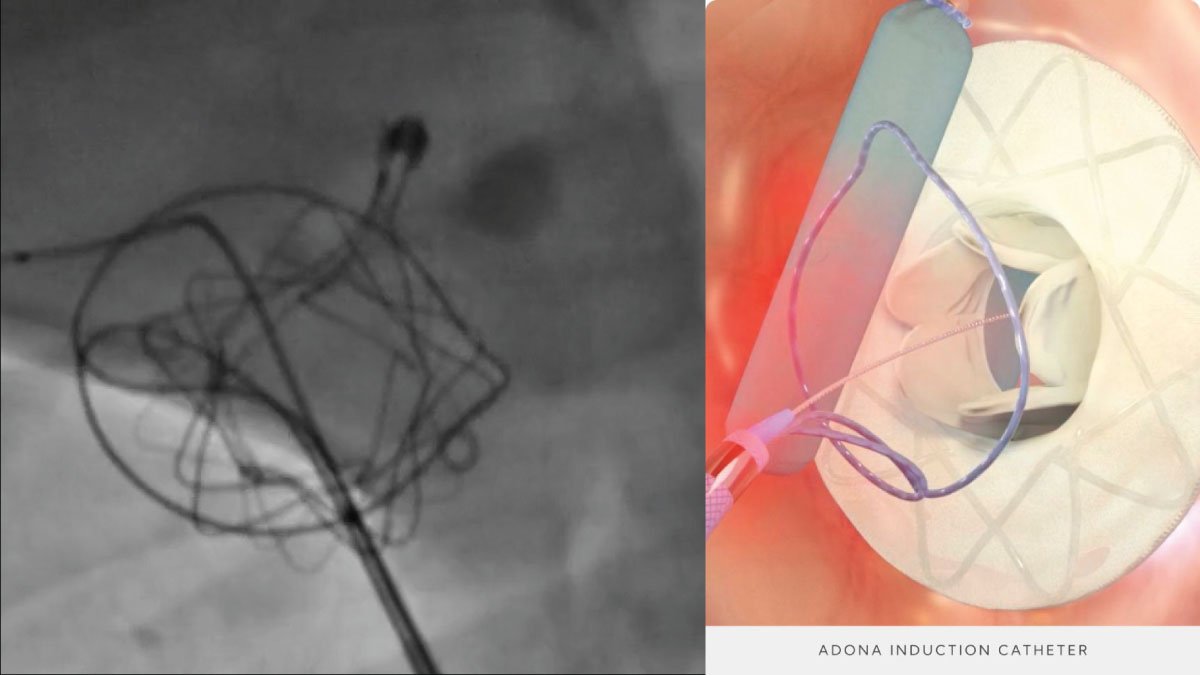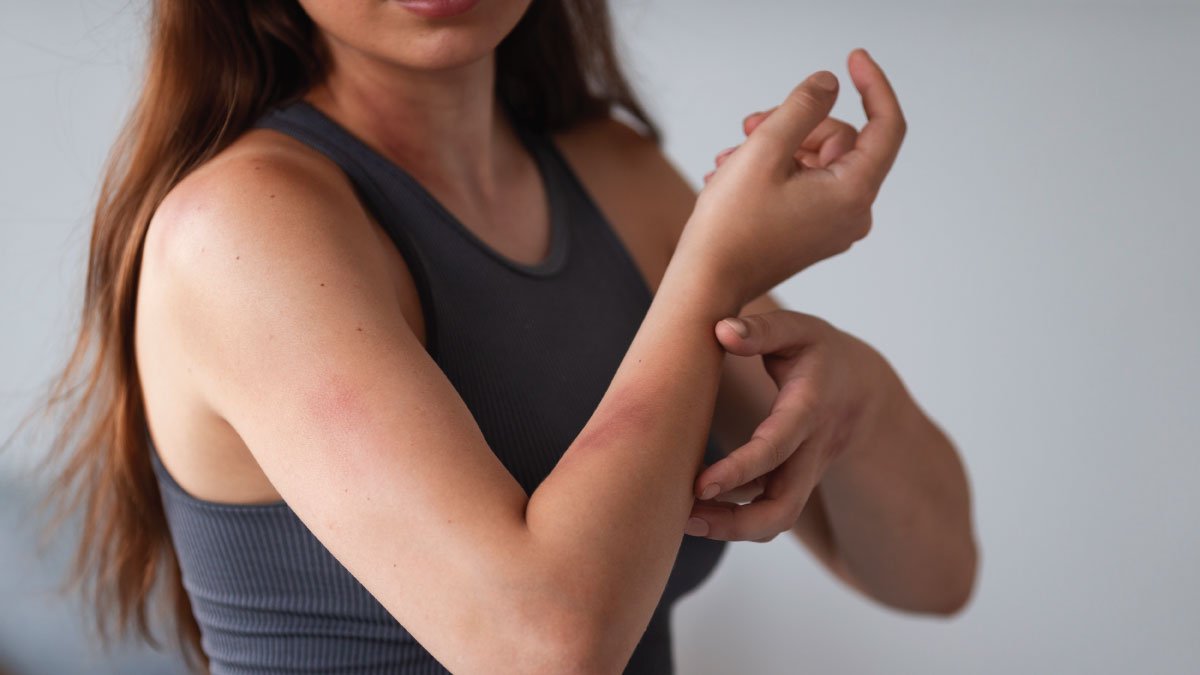A revolutionary breakthrough in the realm of rehabilitation robotics is creating a buzz in adaptive gait training. This new technology is set to transform the way individuals with mobility challenges recover their ability to walk, providing customized and adaptive training that adjusts on the fly to meet the user’s needs. With a strong possibility for broad use in medical devices, this innovation is poised to change the landscape of rehabilitation therapy.
Enhancing Mobility with Adaptive Gait Training Robotics
For years, adaptive gait training has been a cornerstone of rehabilitation for those recovering from strokes, spinal cord injuries, or other conditions affecting their ability to move. Traditional rehabilitation approaches often fall short in delivering the personalized care necessary for the best possible recovery. Enter the latest innovation in rehab robotics: a system designed to adapt in real-time to a patient’s movement patterns, offering a customized training experience that boosts the effectiveness of therapy.
These game-changing robots utilize sophisticated sensors and algorithms to track a patient’s gait and make immediate adjustments, ensuring the therapy is customized to their unique needs. By providing precise and adaptive support, this technology aids in the re-learning of efficient and safe walking. The immediate feedback enhances the quality of rehabilitation and speeds up the recovery process, making it a major breakthrough in the field.
Benefits of Adaptive Gait Training Robotics
The primary benefit of this technology is its capacity to provide a highly personalized rehabilitation experience. Unlike conventional methods, which can be inflexible and less responsive to the patient’s progress, adaptive gait training robots offer a dynamic and responsive solution. They can increase or decrease support based on the patient’s performance, making the therapy more effective and less demanding.
Furthermore, these systems feature real-time monitoring capabilities that enable therapists to track progress with accuracy, leading to improved outcomes. The robots’ adaptability reduces the risk of injury during rehabilitation, creating a safer environment for patients to regain their mobility. Additionally, the technology can be customized for various levels of impairment, making it applicable to a broad spectrum of patients.
Future Possibilities and Trends in Medical Devices
The potential applications of adaptive gait training robotics go beyond traditional rehabilitation settings. With advancements in artificial intelligence and machine learning, these robots could become even smarter, anticipating the patient’s needs and adjusting the therapy accordingly. This technology promises to be beneficial for home-based rehabilitation, allowing patients to continue their recovery outside of clinical environments with the same level of personalized care.
Conclusion
The introduction of adaptive gait training robotics represents a significant advancement in the field of rehabilitation therapy. By providing a personalized, responsive, and efficient approach to gait training, this technology has the potential to transform the lives of individuals with mobility challenges. As we move forward, the continued development of these robots will likely lead to even more innovative and effective rehabilitation solutions, redefining the standards of patient care.





















